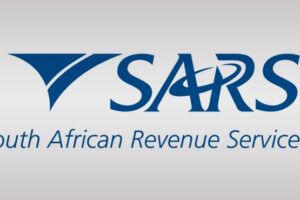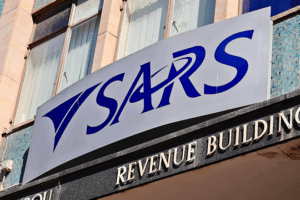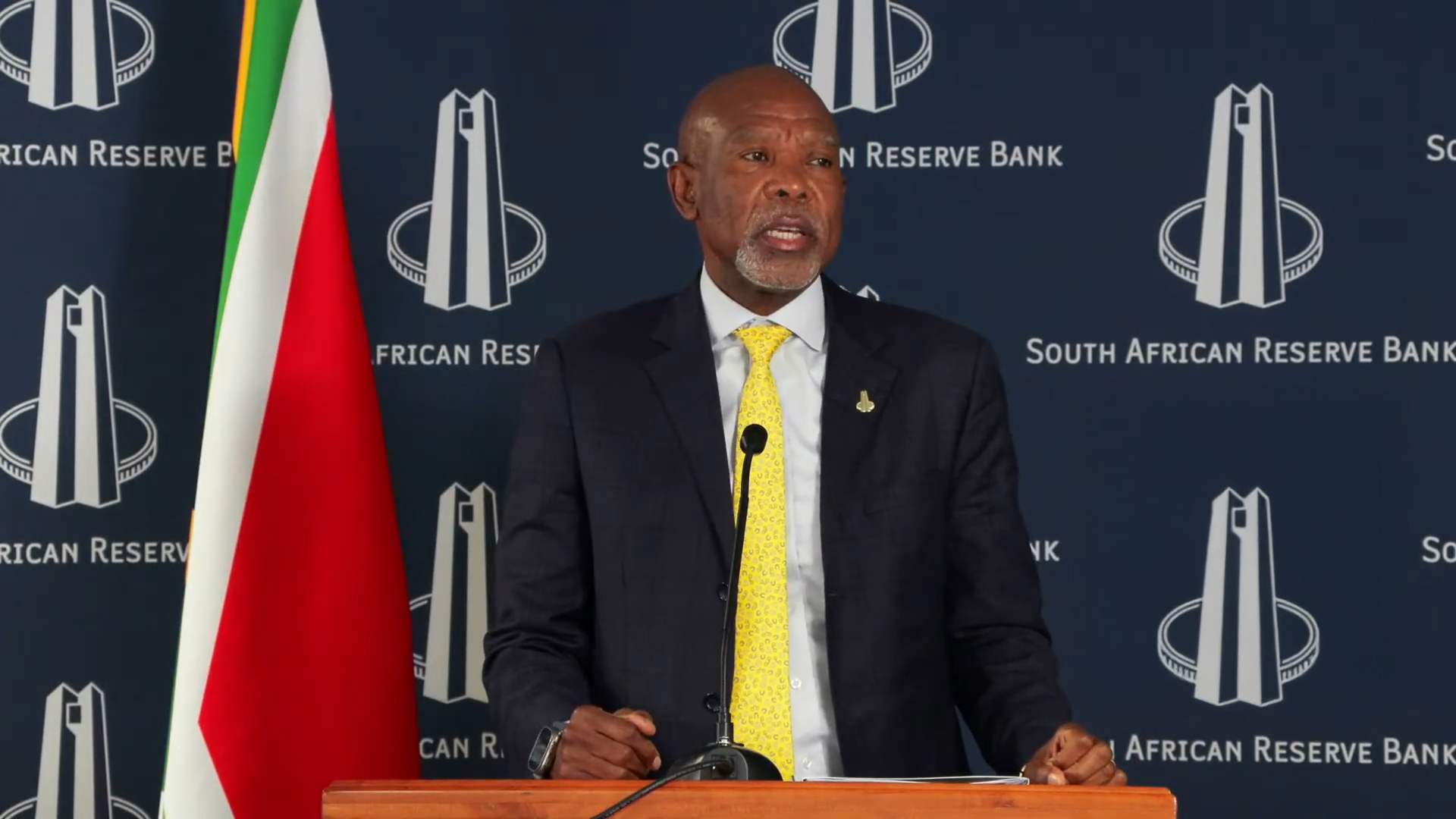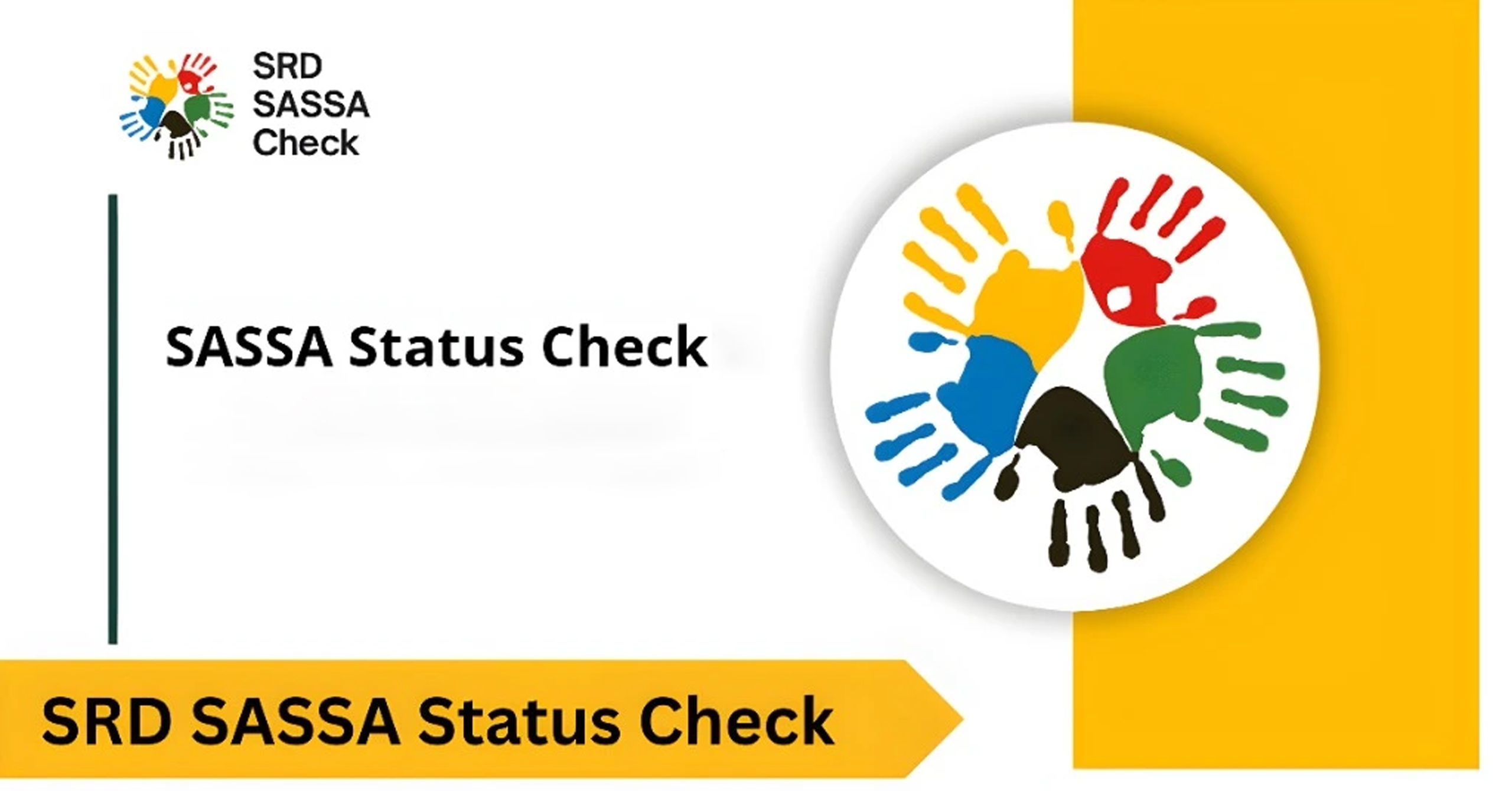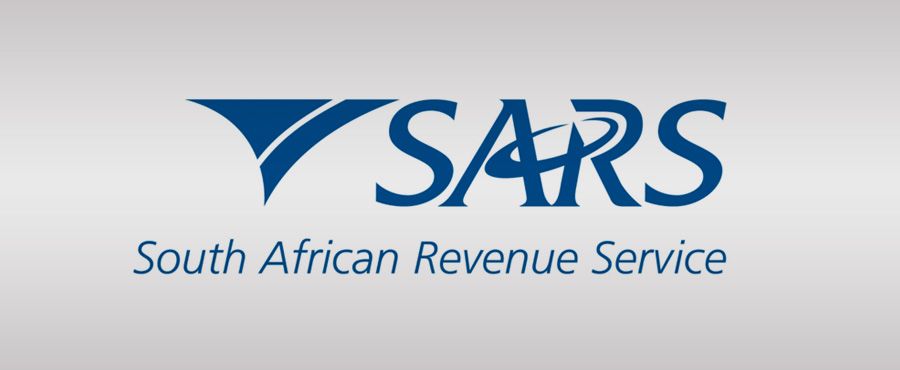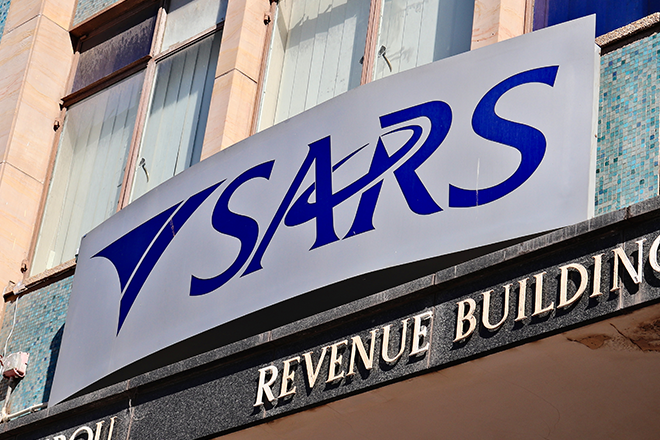The South African Reserve Bank (SARB) has announced a 25 basis point interest rate cut, reducing the repo rate to 7%. This decision, effective from 1 August 2025, comes amid signs of stabilizing inflation and cautious optimism for improved economic growth, despite ongoing global uncertainties.
The announcement was made by Governor Lesetja Kganyago, following the Monetary Policy Committee (MPC) meeting in Pretoria.
Global Backdrop: Tariffs, Oil, and Cautious Central Banks
The global economy remains on edge as US tariff increases, paused in April, are set to resume from 1 August. While oil prices surged in June due to Middle East tensions, they have since calmed. Central banks in major economies, including the US and EU, have largely held interest rates steady, awaiting clearer signals on inflation and growth.
“The world growth outlook is largely unchanged from our last meeting,” said Kganyago, “but risks remain, particularly from permanent tariff shifts and geopolitical disruptions.”
Locally, SARB confirmed Q1 GDP growth at just 0.1%, consistent with earlier warnings of economic sluggishness. A downward revision of earlier GDP figures and potential new US tariffs on South Africa led the bank to revise down its full-year growth forecast.
Still, recent data indicates economic improvement in Q2, boosted by slight gains in business activity and ongoing structural reforms.
“Persistent supply-side issues, especially in logistics, continue to weigh on growth,” said Kganyago. “But we see balanced risks and expect modestly higher growth in the years ahead.”
Inflation
Headline inflation fell to 3% in June, with core inflation at 2.9%, both at the bottom of the SARB’s 3–6% target range. A strengthening rand and subdued global prices have helped ease inflation, although rising meat prices and sticky fuel costs may cause a slight uptick in coming months.
The SARB projects average inflation of 3.3% for 2025, in line with previous forecasts, with stability expected over the medium term.
A New Inflation Target? SARB Signals Preference for 3%
In a significant shift, the SARB confirmed its preference for a long-term inflation anchor of 3%, rather than the current mid-range of 4.5%. The new guidance reflects the opportunity to lock in permanently low inflation, which could ultimately support lower interest rates.
“This opens up more policy space and makes the monetary policy framework more robust,” Kganyago explained. “We will now aim for the bottom of our inflation target range.”
Outlook: More Rate Cuts Possible if Low Inflation Persists
Under SARB’s Quarterly Projection Model, a 3% inflation target would allow for up to five additional rate cuts, potentially bringing rates below 6% over the medium term. However, this would come with a temporary sacrifice in growth to anchor long-term inflation expectations.
The SARB emphasized that further reforms such as stabilizing public debt, improving infrastructure, and aligning real wage growth with productivity are essential for long-term prosperity.


